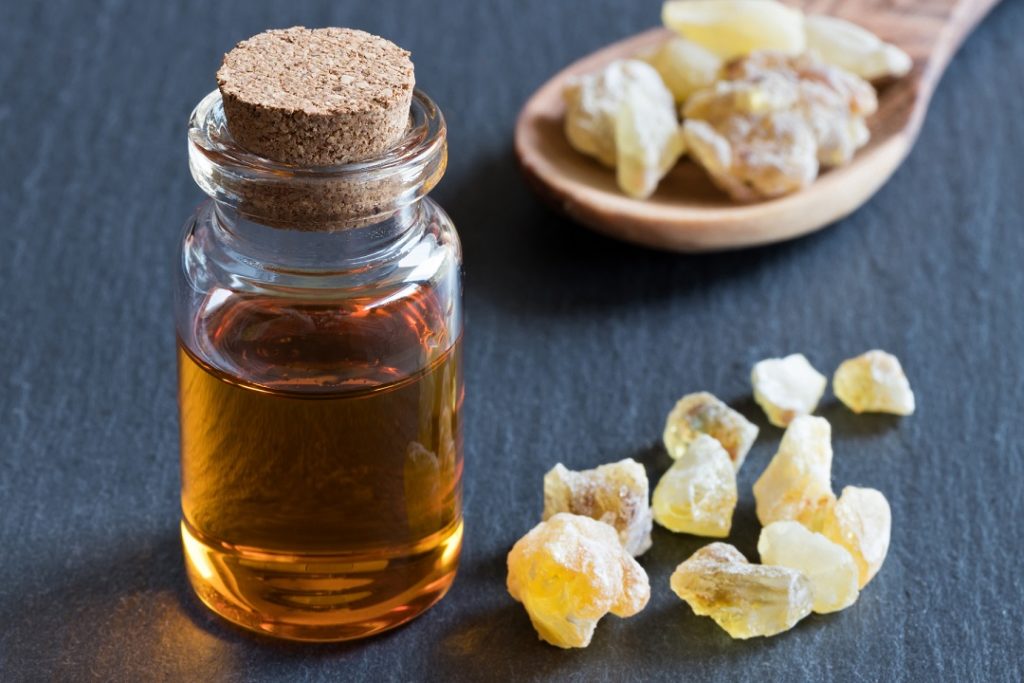Incense is also used in traditional medicine to use
Incense is used not only in the Church, but also as a natural remedy in traditional medicine. A new book provides a comprehensive Overview of the scientific research and up-to incense-based knowledge, in its content of substances and their active principles.
Part of religious ceremonies
According to Tradition, belonged to the incense in the Holy Three kings and the gifts they brought with them in addition to myrrh and Gold to the newborn baby Jesus to Bethlehem. Since ancient times the aromatic fragrance of the incense resin is a component of many religious ceremonies and gives up today in the Church many of the festivals in a special expression. And also in the traditional medicine of incense since many years.

Extensive Overview of the scientific research
“Incense has been used for Thousands of years to religious and medical purposes,” explains the chemist Prof. Dr. René Csuk of the Martin-Luther-University of Halle-Wittenberg (MLU) in a message.
The expert, together with colleagues from the University of Nizwa (Oman) is in a new book, a comprehensive Overview of the scientific research and up-to incense-based knowledge, in its content of substances and their active principles.
Kilograms of incense can cost up to 2,000 euros
According to the figures, the first known source of frankincense from Egypt in the year 1500 dates back to before Christ. In India, Africa, China, ancient Greece and Rome, this tree resin has been used for many different purposes.
And also in the Bible 22, in which incense is directly mentioned.
“Currently, frankincense is enjoying a Renaissance, especially in the Wellness industry. All the incense products are not really meaningful, but the business is very lucrative,“ says Csuk
A kilogram of frankincense can be obtained on the market up to 2,000 euros.
Of particular interest is the Boswellia acids
Frankincense is obtained from Boswellia trees, which grow mainly in Oman, in India, and in Parts of Africa. The trees are added in several Places-sections in which a liquid outlet.
When this has dried, you can harvested from the frankincense resin. Of particular interest are the boswellic acids, the plug in the incense.
As it says in the message, the first scientific study on incense, to the year 1892: The two chemists Alexander Tschirch and Oscar Halbey were the First to have dealt with the composition of incense.
The researchers from Germany and Oman have worked for your book over 350 scientific publications to incense and boswellic acids.
“Our goal was to provide a comprehensive Overview of the research to incense,” says René Csuk.
The chapters address not only the chemical mode of action of the individual ingredients as well as pharmaceutical studies. They also give an Overview of the different incense types and historical aspects.
Without the strong side effects
“A remarkable way confirm the latest studies on the efficacy of the incense of the traditional, very wide range of purposes,” says Csuk.
For instance, several studies, for example in the incense contained boswellic acids have an anti-inflammatory effect.
The substances can not only relieve inflammation, but also in the treatment of chronic diseases, such as osteoarthritis or Crohn’s disease, skin diseases, malignant vascular neoplasms, or ulcers achieve good results.
In addition, they have the effect of diseases in Parts even against some types of cancer. Some of the ingredients of the incense could also be a very good complement to other drugs and even the effects of other substances increase.
The special feature: most of The studies describe no significant side effects.
“However, serious clinical studies to incense are not, as yet, a lack of product, the clinical efficacy is not yet sufficiently researched and proven. Our book will also provide impetus for further research projects,“ says Csuk.
Incense itself has not yet been researched yet completely: So it could be other, yet unknown ingredients. (ad)
